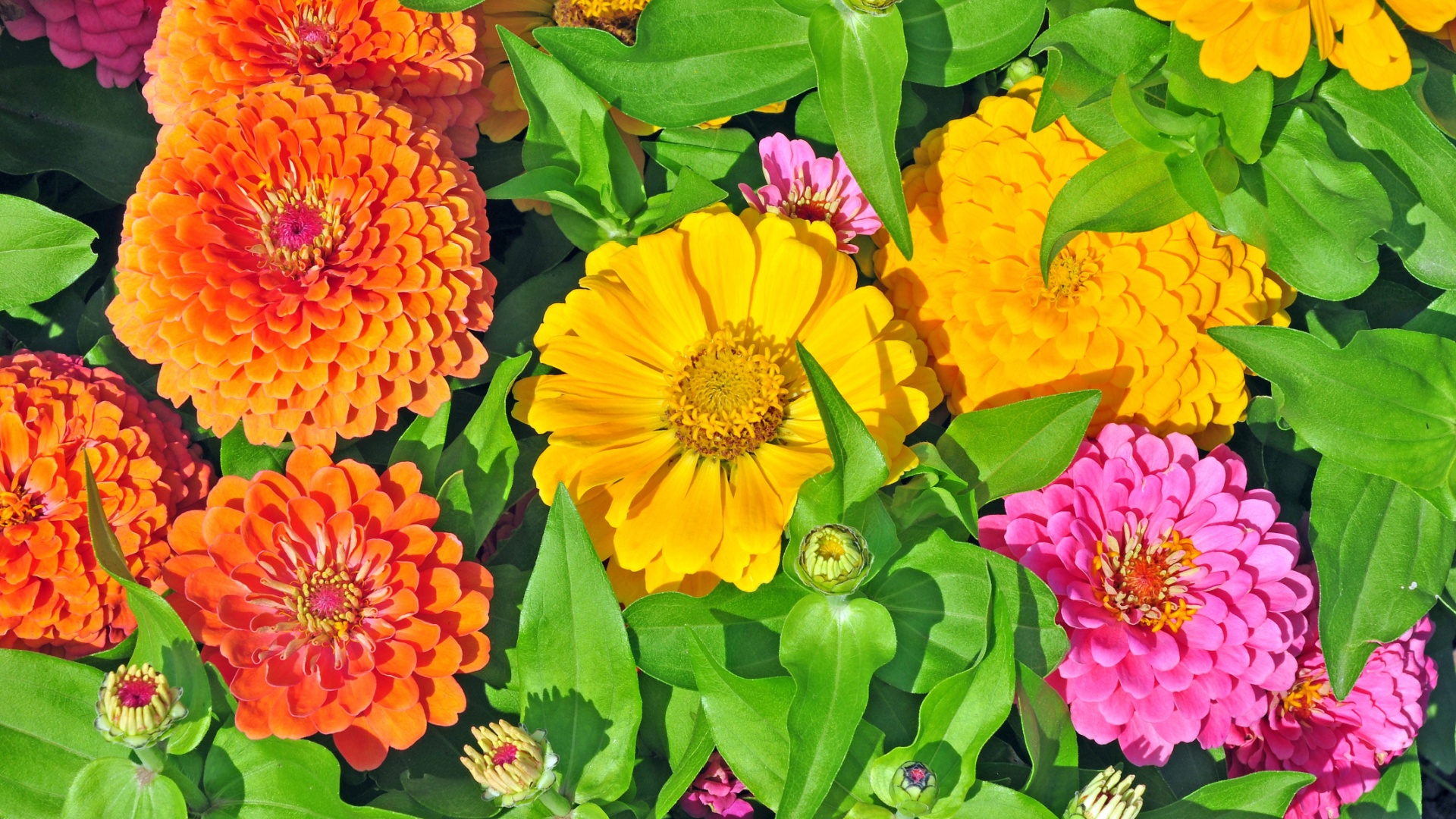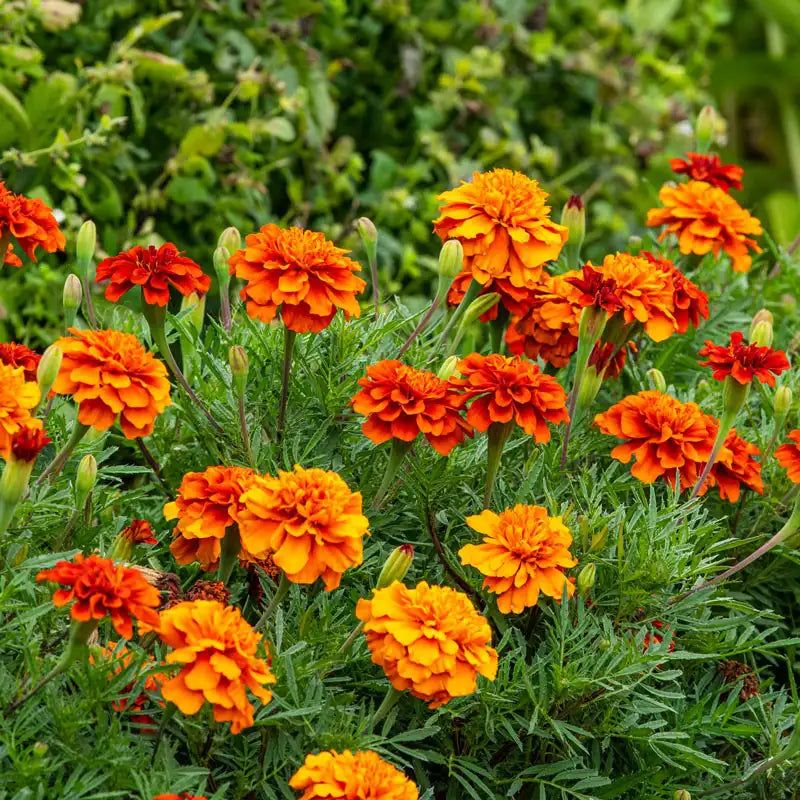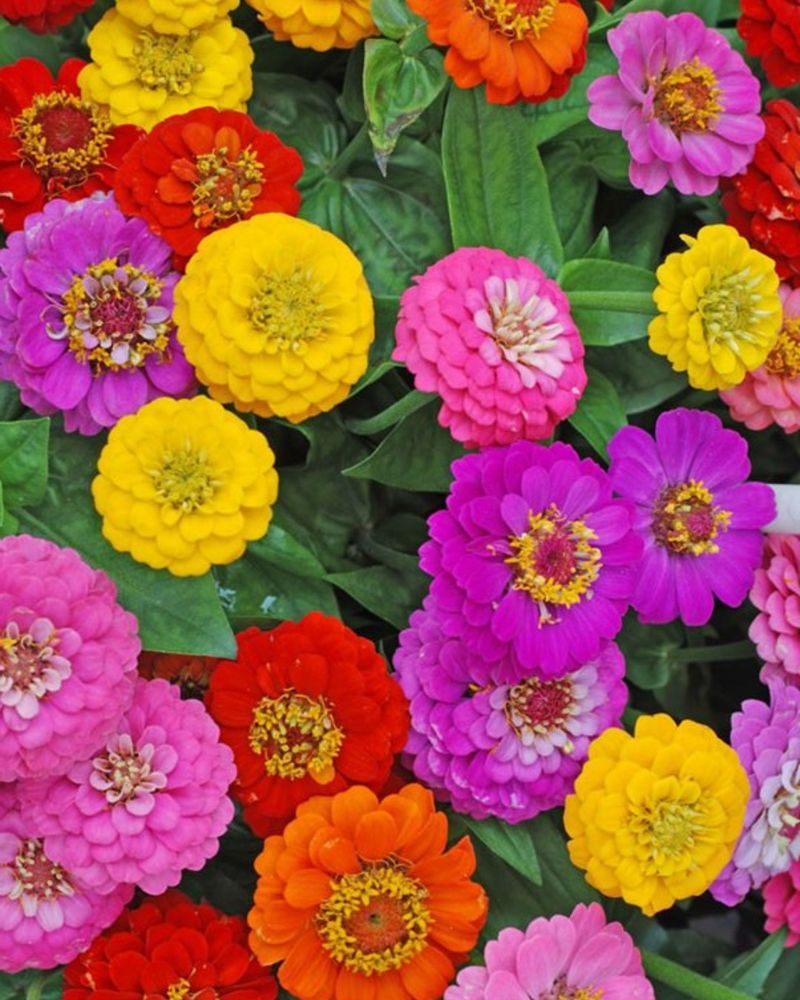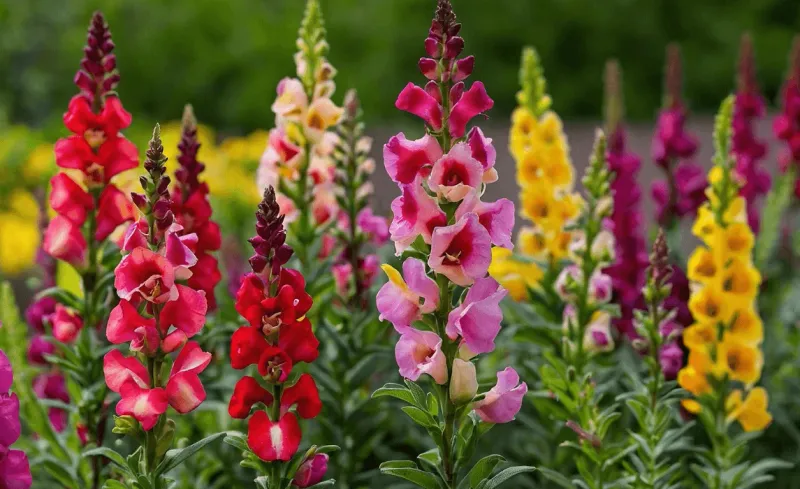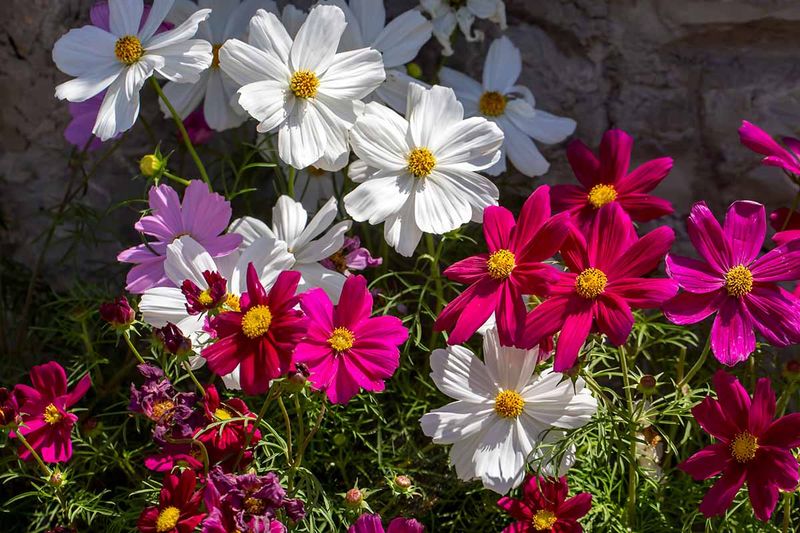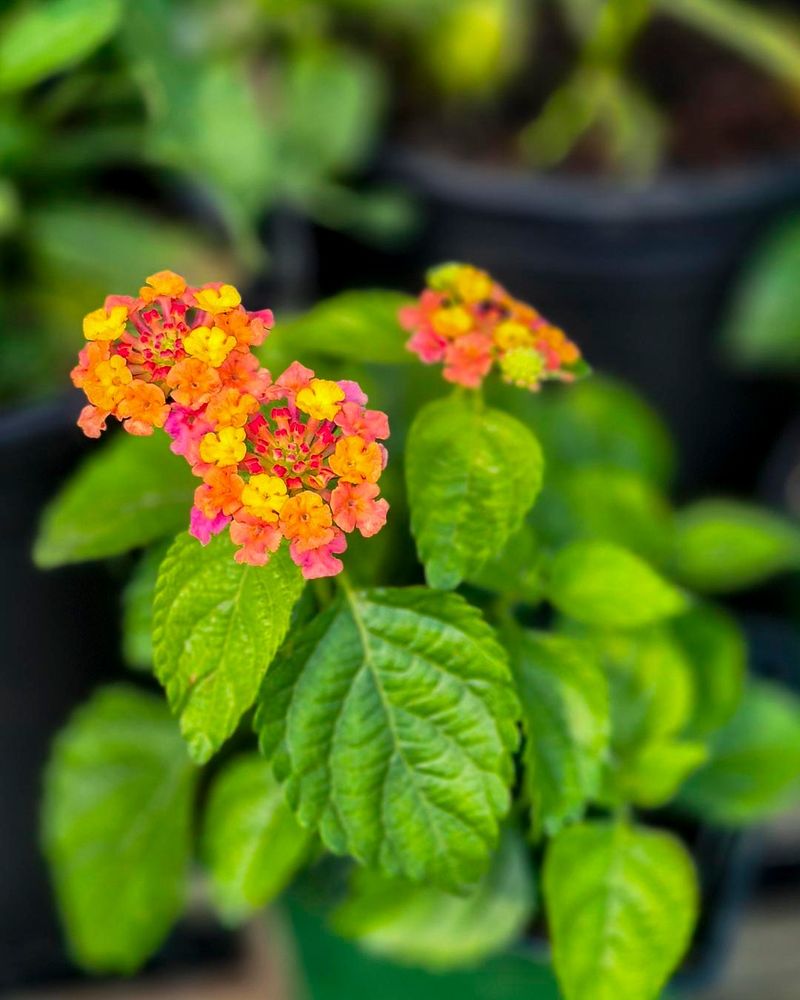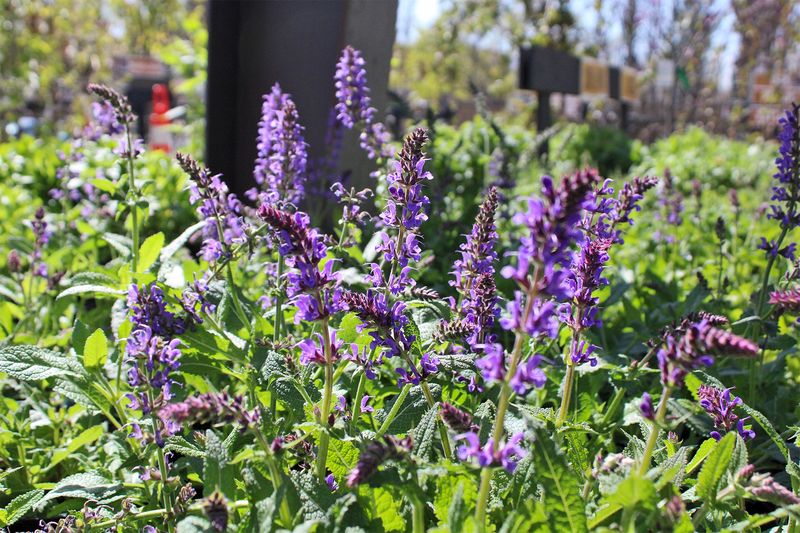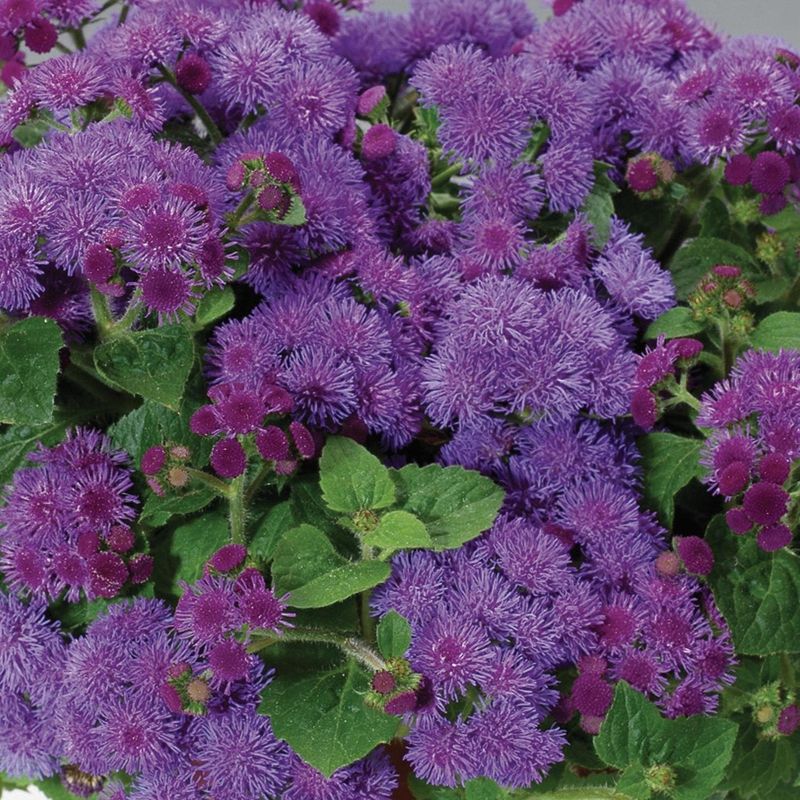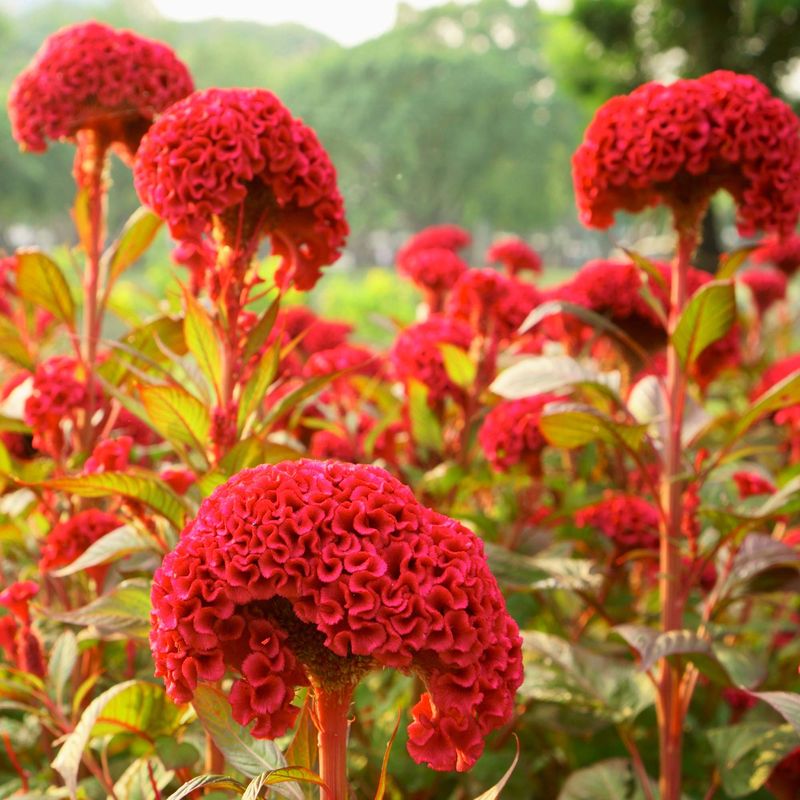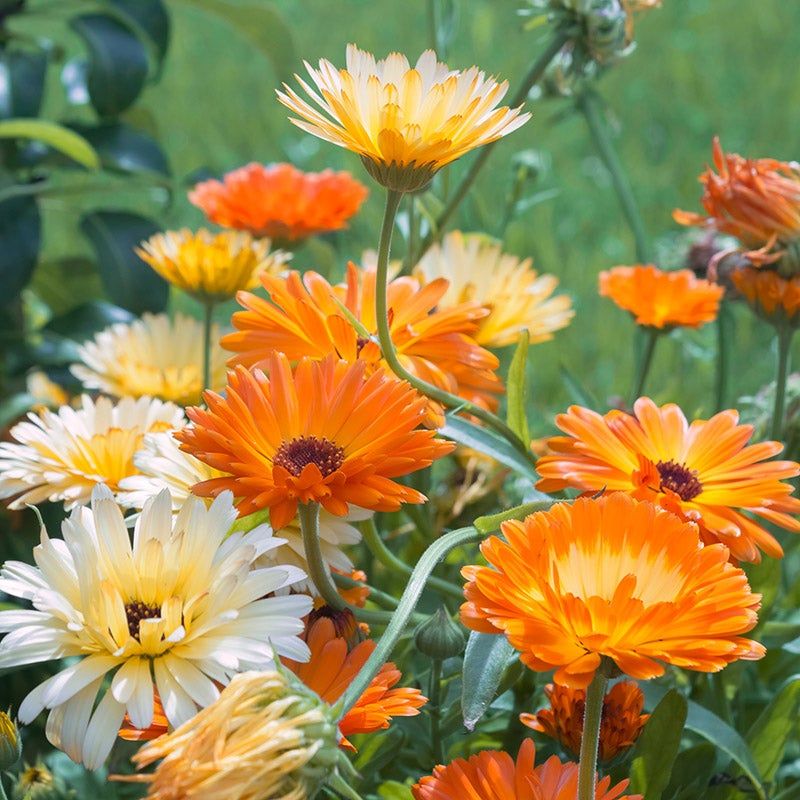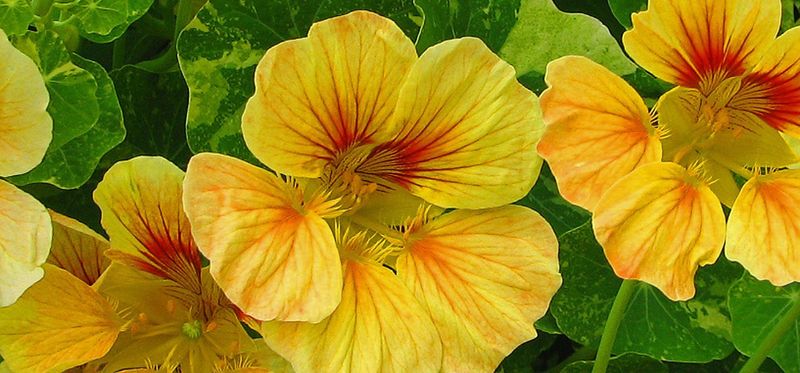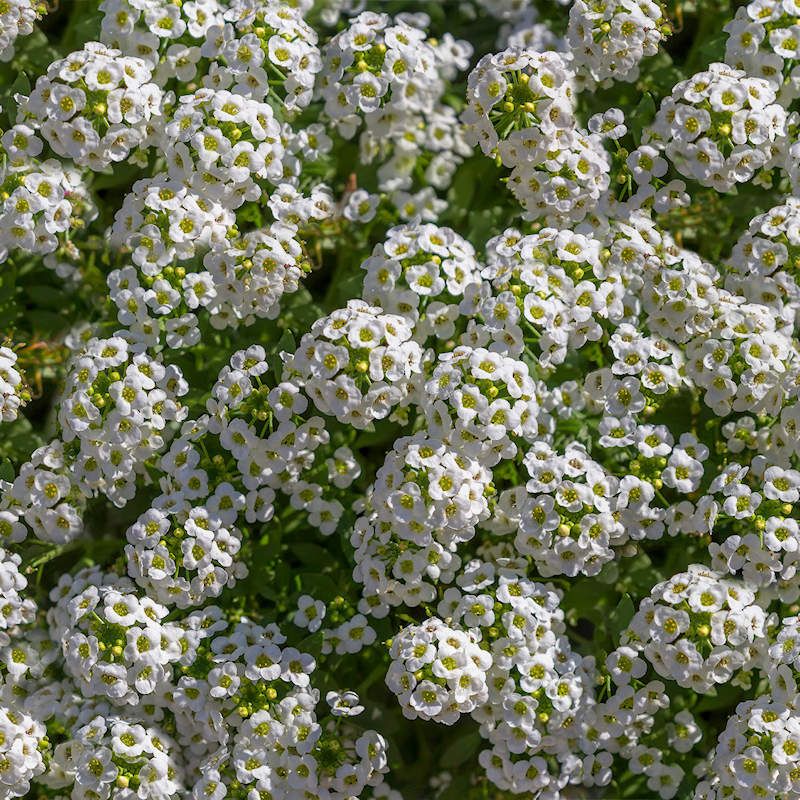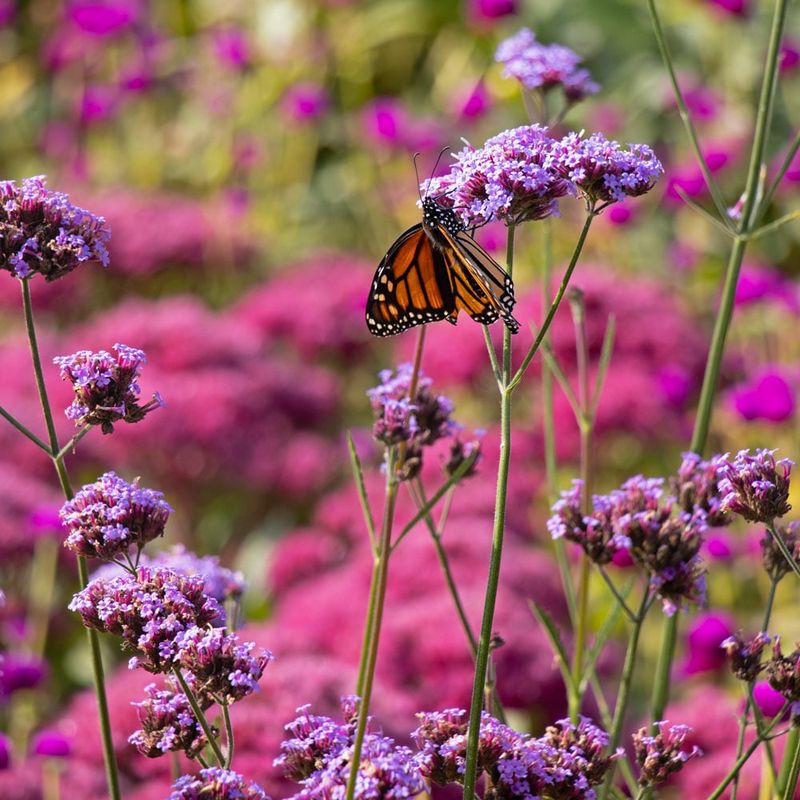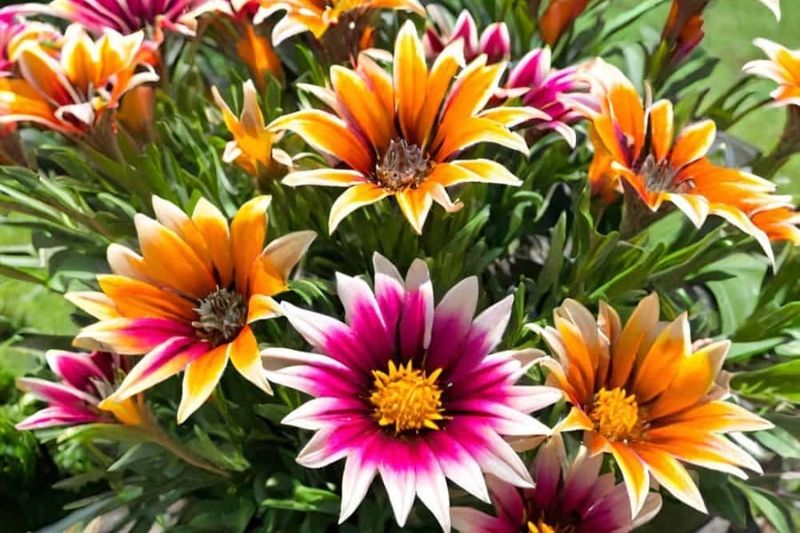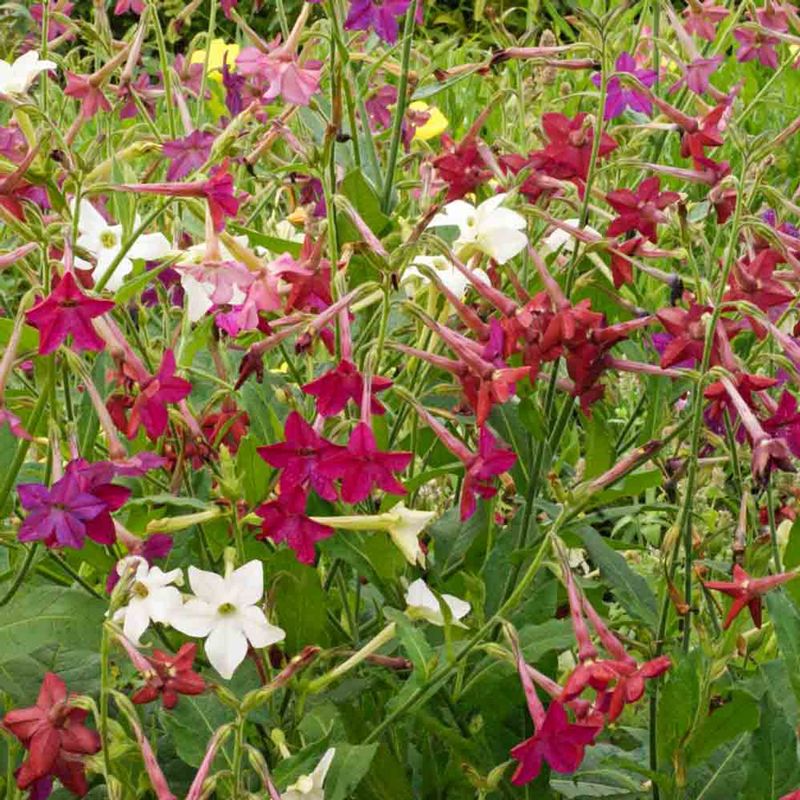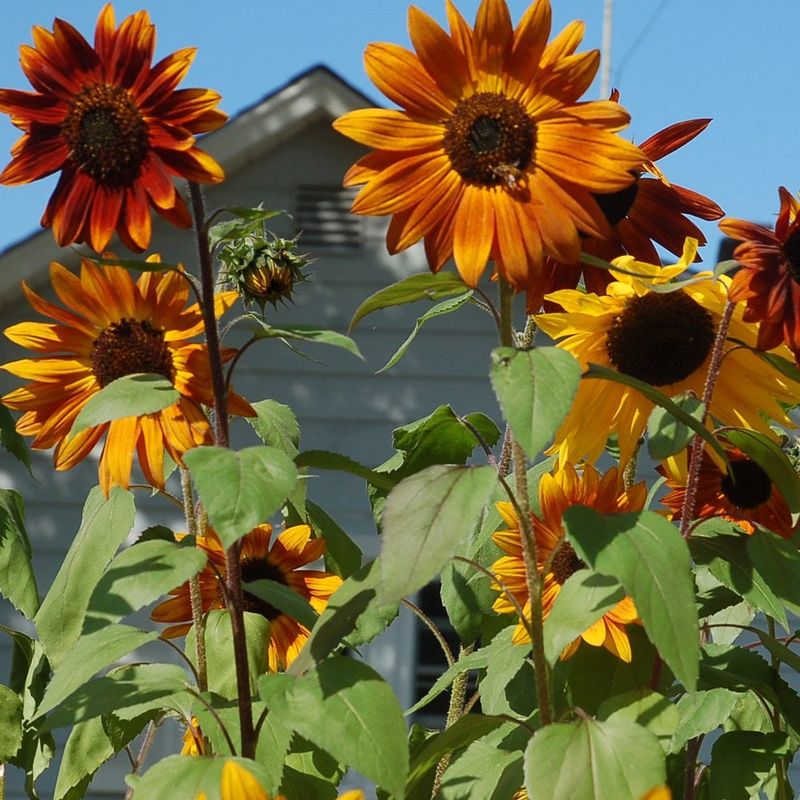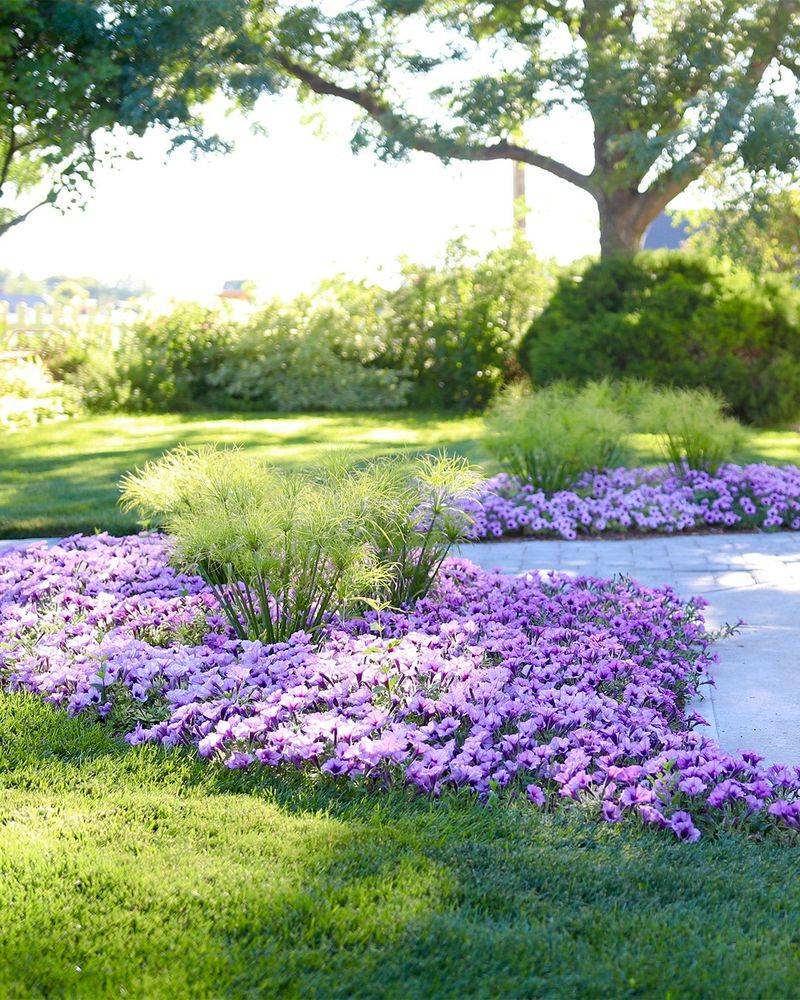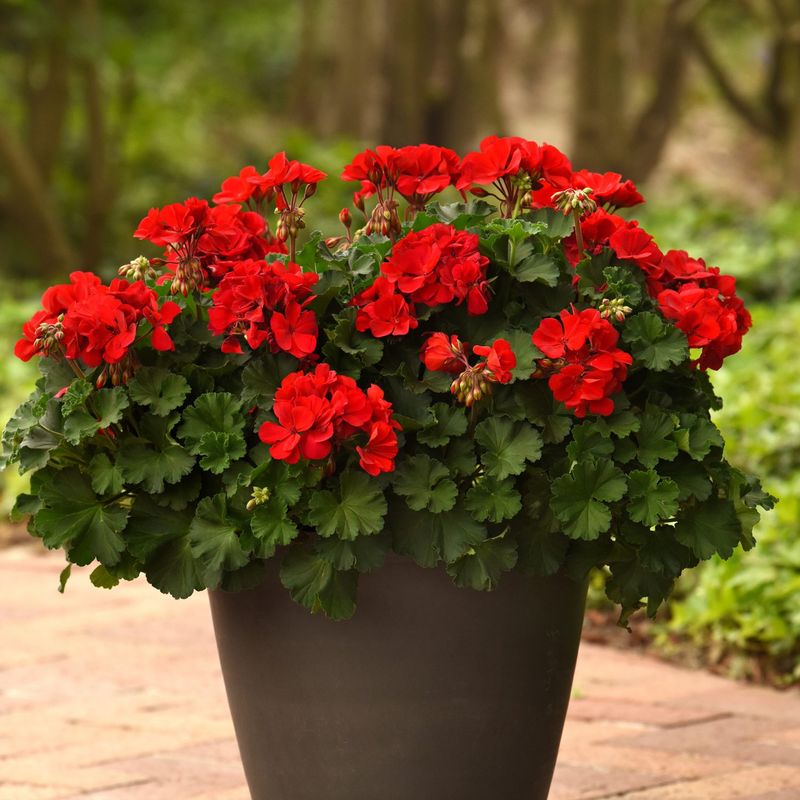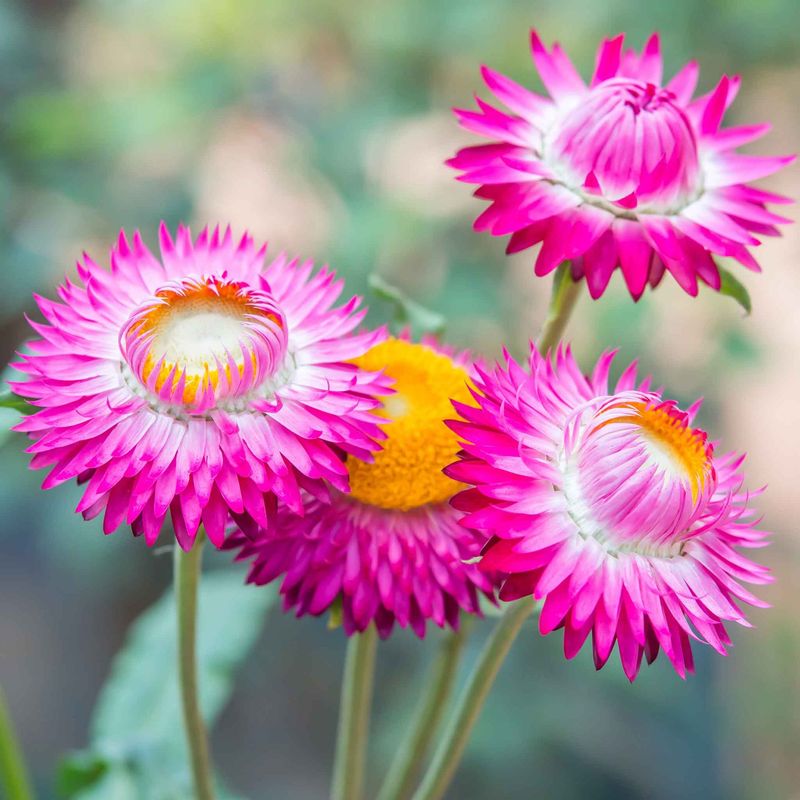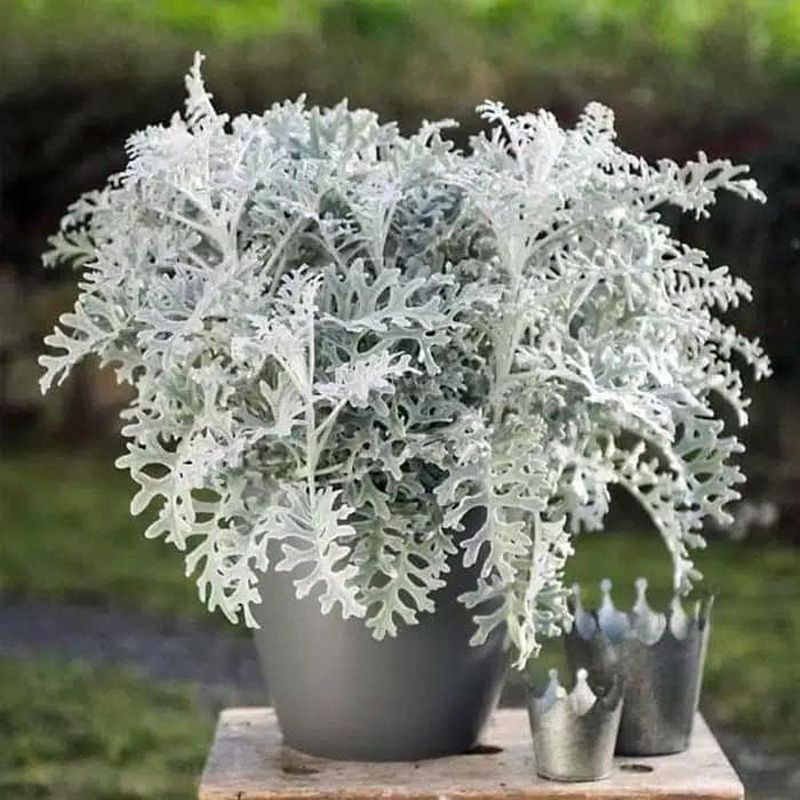Tired of your garden turning into a deer buffet? You’re not alone. While deer munch their way through tender blooms, pollinators are often left out in the cold. But don’t throw in the trowel just yet!
These 20 annuals are the best of both worlds—a feast for bees and butterflies, and a hard pass for hungry deer. With these tried-and-true picks, your garden will be buzzing—not browsed.
1. Marigolds
The pungent scent of marigolds makes deer wrinkle their noses and walk away. Their bright orange, yellow, and red blooms might be off-putting to deer, but bees and butterflies can’t resist them.
Plant marigolds as borders around vegetable gardens or flower beds for natural pest control. They’re super easy to grow from seed and bloom continuously until frost with minimal care. French and African varieties both work wonderfully as deer deterrents.
2. Zinnias
Bold and vibrant zinnias offer a buffet for butterflies while deer typically pass them by. Their stiff, hairy stems and leaves feel uncomfortable in deer mouths, making them a perfect choice for open gardens.
Available in nearly every color except blue, zinnias grow quickly from seeds planted directly in the garden after frost danger passes. Cut flowers regularly to encourage more blooms. The taller varieties make spectacular butterfly magnets and add dramatic height to summer gardens.
3. Snapdragons
Snapdragons charm gardeners with their unique dragon-mouth flowers that children love to squeeze open. Deer avoid their slightly bitter taste and unusual texture, but bees happily crawl inside to collect nectar.
Cool-weather lovers, snapdragons perform best in spring and fall, often taking a break during summer’s heat. Plant them in early spring for the longest bloom time. Available in heights from dwarf (6-8 inches) to tall (3 feet), they work beautifully in borders or containers.
4. Cleome (Spider Flower)
Reaching dramatically skyward, cleome’s spidery blooms create a whimsical, cottage-garden feel that pollinators adore. Deer steer clear thanks to the plant’s sticky stems and slightly thorny nature.
Growing up to 5 feet tall, these statement flowers produce pink, white, or purple blooms from summer until frost. They self-seed readily, returning year after year without becoming invasive. The unusual seedpods that form behind the flowers add extra visual interest to late-summer gardens.
5. Cosmos
Feathery foliage and daisy-like blooms make cosmos a dreamy addition to any garden. Their delicate appearance belies their tough nature – deer typically ignore them while butterflies flock to their simple, open flowers.
Drought-tolerant and carefree, cosmos thrive in poor soil with minimal attention. Plant once and enjoy months of blooms in shades of pink, white, and burgundy. The taller varieties dance gracefully in summer breezes, adding movement to garden borders.
6. Lantana
Lantana’s clusters of tiny, tubular flowers create a kaleidoscope effect as they change colors while aging. The strong, citrusy scent repels deer completely while attracting butterflies, bees, and even hummingbirds in droves.
Heat-loving and drought-resistant, lantana thrives in the hottest part of summer when other flowers fade. Plant in full sun for best performance. Available in trailing or upright varieties, lantana works beautifully in hanging baskets, containers, or as colorful ground cover.
7. Salvia
Spikes of intensely colored blooms make annual salvias stand out in any garden. Their aromatic foliage contains compounds deer find unpalatable, but hummingbirds zoom straight to their tubular flowers.
Annual varieties like ‘Victoria Blue’ and ‘Hot Lips’ bloom continuously from early summer until frost with minimal deadheading. Drought-tolerant once established, salvias need little care beyond occasional watering during dry spells. Their upright growth habit makes them perfect for the middle of garden borders.
8. Ageratum (Floss Flower)
Fuzzy blue-purple pom-poms give ageratum its common name “floss flower.” The soft, fluffy texture that makes these flowers so charming to us actually deters deer, who prefer smoother leaves and petals.
Low-growing varieties make excellent edging plants, while taller types work well in mixed borders. Bees and butterflies love their nectar-rich blooms. Ageratums prefer cooler temperatures, so they often put on their best show in late spring and early fall.
9. Celosia (Cockscomb)
Flamboyant celosia comes in shapes resembling flames, plumes, or wrinkled brains – all equally fascinating to pollinators but bizarre enough to keep deer away. Their unusual texture and slightly bitter taste make them naturally deer-resistant.
Heat-loving celosia thrives during summer’s dog days when other flowers struggle. The velvety flower heads last for weeks in the garden and make excellent dried flowers. Available in fiery reds, oranges, yellows, and pinks, celosias add dramatic flair to any pollinator garden.
10. Calendula (Pot Marigold)
Cheerful orange and yellow daisies with medicinal properties, calendulas offer a long season of bloom that beneficial insects can’t resist. The slightly sticky, aromatic foliage discourages deer browsing effectively.
Cool-weather performers, calendulas shine in spring and fall gardens. They self-seed gently, returning year after year without becoming weedy. Beyond their garden beauty, the edible petals add color to salads, and the flowers have been used for centuries in healing salves.
11. Nasturtiums
Spicy-scented nasturtiums pack a peppery punch that deer avoid, but their bright blooms in sunset shades attract plenty of pollinators. The round leaves and trumpet-shaped flowers both contain compounds that give them their distinctive taste.
Perfect for children’s gardens, nasturtiums grow quickly from large seeds that little fingers can easily handle. Both flowers and leaves are edible, adding a peppery kick to summer salads. Choose trailing varieties for hanging baskets or mounding types for borders and containers.
12. Sweet Alyssum
Tiny honey-scented blooms cover sweet alyssum in a frothy carpet that bees absolutely adore. Despite their sweet fragrance to humans, deer typically leave these low-growing plants alone.
Perfect for garden edges, rock gardens, or spilling from containers, sweet alyssum creates a delicate ground cover. The plants bloom profusely in cool weather, taking a brief break during summer’s heat before rebounding in fall. White varieties have the strongest fragrance, but purple and pink options are equally beautiful.
13. Verbena
Clusters of tiny, star-shaped flowers make annual verbena a butterfly magnet all summer long. The slightly rough, hairy leaves discourage deer browsing while providing the perfect landing pad for pollinators.
Trailing varieties excel in hanging baskets and window boxes, while upright types add height to borders. Heat-tolerant and drought-resistant once established, verbenas keep blooming through summer’s toughest conditions. Colors range from pure white to deepest purple, with many bicolors available.
14. Gazania
Daisy-like gazanias unfurl their dramatic blooms only on sunny days, creating a magical display that pollinators race to visit. Deer avoid their leathery leaves and slightly bitter taste.
Drought-tolerant gazanias thrive in poor, sandy soil and coastal gardens. Their flowers close at night and on cloudy days, reopening when the sun returns. Available in brilliant oranges, yellows, pinks, and whites – often with contrasting rings or stripes – gazanias make striking container plants.
15. Nicotiana (Flowering Tobacco)
Evening-fragrant nicotiana releases its sweet perfume as dusk falls, attracting night-flying moths with its tubular, star-shaped flowers. The sticky, tobacco-like leaves contain natural compounds that deer find distasteful.
Plant nicotiana near patios or windows where you can enjoy their jasmine-like fragrance on summer evenings. Taller varieties reach 3-4 feet, while dwarf types stay under 18 inches. Most bloom in white, pink, lime green, or red from early summer until frost.
16. Sunflowers
Towering sunflowers create a dramatic backdrop in pollinator gardens while their rough, hairy stems and leaves discourage deer browsing. When the impressive blooms fade, birds flock to feast on the nutritious seeds.
Beyond the traditional yellow giants, sunflowers now come in burgundy, rust, cream, and bicolors. Branching varieties produce multiple smaller flowers perfect for cutting. For continuous blooms, plant new seeds every few weeks through early summer.
17. Petunias
Trumpet-shaped petunia blooms create waves of color from spring until frost. Their slightly sticky stems and strong scent (especially noticeable at night) help keep deer at bay while attracting sphinx moths and hummingbirds.
Modern varieties bounce back quickly after rain, eliminating the deadheading older types required. Wave petunias spread up to 4 feet, making them economical ground covers or trailing container plants. For the strongest fragrance, choose heirloom varieties with smaller, more delicate blooms.
18. Geraniums (Pelargoniums)
Spicy-scented geranium leaves contain oils that deer find offensive, but their clustered blooms attract bees and other beneficial insects. The distinctive fragrance varies between varieties – some smell lemony, others like roses or mint.
Geraniums thrive in containers where their Mediterranean heritage makes them naturally drought-tolerant. Beyond the common red varieties, look for salmon, pink, white, and bicolor options. Pinch spent blooms regularly to encourage continuous flowering from spring until fall frost.
19. Strawflowers
Papery petals that feel like straw give these flowers their name – and make them completely unappetizing to deer. The stiff, dry texture that deer hate makes strawflowers perfect for dried arrangements that last for months.
Pollinators love their bright centers filled with nectar and pollen. Available in sunny yellows, oranges, pinks, and whites, strawflowers bloom prolifically in hot, dry conditions. For dried bouquets, harvest when the blooms are half-open and hang upside down in a dark, dry place.
20. Dusty Miller
Velvety silver-white foliage gives dusty miller its name and its deer-resistant quality. The fuzzy texture feels unpleasant in deer mouths, so they leave these striking plants alone.
While grown primarily for its foliage, dusty miller does produce small yellow flowers that attract tiny beneficial insects. The silvery leaves create beautiful contrast against colorful blooms in mixed plantings. Extremely drought-tolerant once established, dusty miller maintains its good looks even during summer heat waves.

